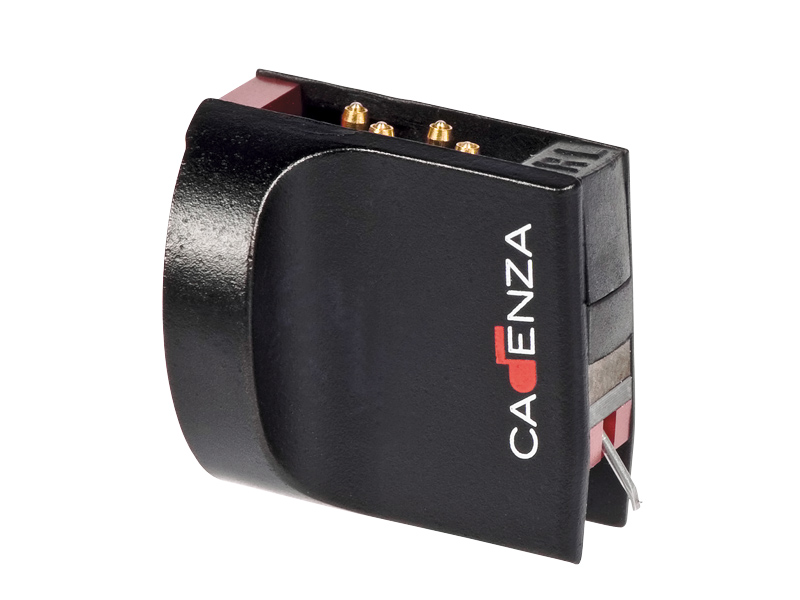TechRadar Verdict
A superb stylus that extracts the best from your vinyl
Pros
- +
Excellent bass
- +
Fine detail and unfussy presentation
Cons
- -
Bit bright at times
Why you can trust TechRadar
Goldring may be able to trace its roots back (slightly) further, but Ortofon is definitely one of the old guard of audio. The company invented the moving-coil cartridge in 1948 and its legendary (for once not an overstatement) SPU model from 1959 is still in production, in various guises.
The current range runs to 38 distinct models of cartridge, from the £40-odd OM5E to the Windfeld at over £2,000 – and that's not including the DJ range, which has even more market dominance than the hi-fi products.
Many classic LPs were mastered with an Ortofon cutterhead – the 'inverse' of cartridge that cuts grooves in response to an electric signal.
Ortofon's 'Cadenza' range replaces the 'Kontrapunkt' products that had served well for many years and the Red is the base model of four.
It uses a 'fine line' stylus on an aluminium cantilever, while the generator assembly uses ultra-pure copper wire and a powerful magnet, producing a relatively high output for a design of its type. It still requires the services of a proper 'moving coil' preamp input or a transformer, though.
The body is made mostly of aluminium, with some stainless steel helping push the total mass up to 10.5 grams, making this a fairly heavy cartridge. Its low compliance will, however, keep low-frequency resonance to a typical 10Hz or so in most arms.
Like many current cartridges it has threaded holes for easy mounting, but there's an interesting subtlety in the mounting face. It has three small protuberances (left and right, rear and centre front) which in most arms will give extra-positive three-point contact, aiding stability.
Sign up for breaking news, reviews, opinion, top tech deals, and more.
The electrical connection pins are slightly recessed into the housing, which may make connecting up slightly awkward, but keeps overall length short.
Sound quality
This is another distinctly lively cartridge, and a slightly bright-sounding one too. So much so, in fact, that in a system that is already erring on the bright side, one might find this a bit too much of a good thing.
In more neutral company, however, the perception of brightness soon fades with familiarity – it's well short of discomfort levels. And it seems a small price to pay for the wide range of virtues the Cadenza Red demonstrates in other areas, including bass, midrange and detail.
In fact, over the long term, what most impressed us with this cartridge turned out to be the midrange, which is effortlessly informative in the sort of way that makes one want to listen more, and more carefully, than usual.
It has a very neutral character and impeccable manners, never drawing attention to itself overtly, but the detail it presents is always clear, consistent and beautifully ordered. As a result, the Cadenza Red can make the most of the widest variety of music, from small-scale classical and folk to huge rock or opera spectaculars, with thunderous – but always well controlled – bass and some very gratifying treble clarity too, brightness notwithstanding.
Setup doesn't seem to be terribly critical, though it still pays some dividends with a slightly sharper focus both tonally and spatially when the arm height has been adjusted. In fact, we ended up with a slightly higher-than average arm base.
We also found the cartridge a little fussy about arms and while it was happy enough in the SME309, it never quite sang to its best in the Townshend Excalibur, with or without the damping trough in place.
To us, it sounded clearer when used with a high-gain phono amp than with any of our transformers, but there's not much in it.
Follow TechRadar Reviews on Twitter: http://twitter.com/techradarreview
